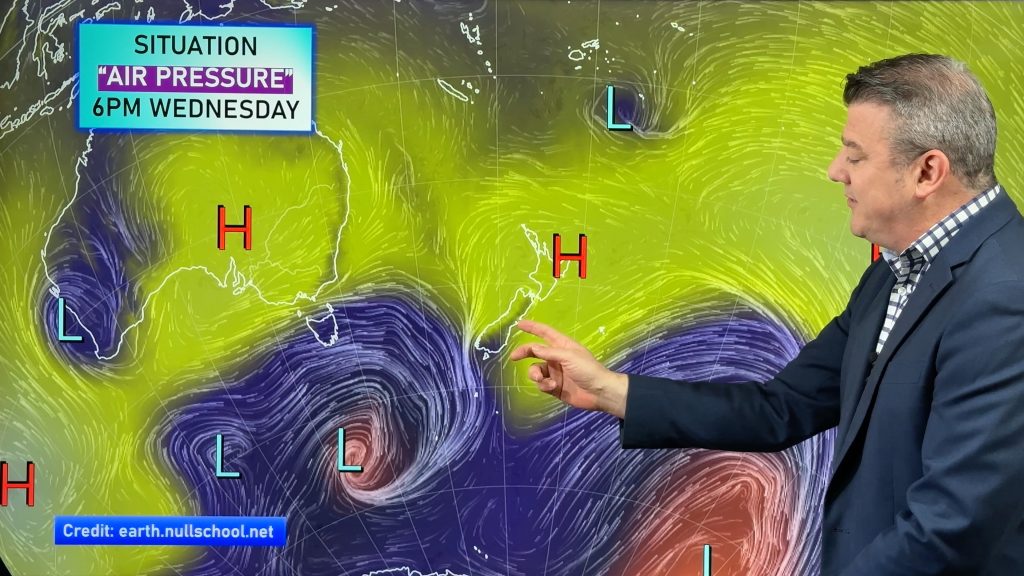
> From the WeatherWatch archives
The last week of April was certainly a stormy one and the first week of May looks unsettled, too, as the Coral and Tasman Seas finally wake from their slumber.
This past week saw up to three times the average April rainfall in some eastern areas, such as Napier, while western areas were pounded by damaging gales with Waikato, Taranaki and Nelson worst hit by winds gusting at more than 100km/h.
Gale-force winds from the east to southeast do occur from time to time but because they go against the prevailing wind they can often cause significant damage – especially to trees, which often grow on a slant because of the constant westerlies.
The gale-force winds roared around the terrain and caused localised swirls of severe gales, which felled trees and ripped off roofs. The term “mini-tornado” is technically incorrect – they aren’t tornadoes at all; more like bursts of wind that can swirl about violently. Regardless, it was no doubt a frightening experience for those who witnessed it.
Pauline Lofthouse, of Te Awamutu, was checking how her vehicle-repair shop was coping in the wind when the roof was pulled from over her head.
“It was very frightening, my heart’s still going,” she said. “One second it was there and the next it was gone.”
These wind bursts were reported right across western and central parts of New Zealand. Waikawa Bay, near Picton, was another region hit by damaging winds.
Resident Vaughan Hokianga said the wind tore through a neighbouring house, peeling its roof off. “We heard this big bang and the roof peeled off the house. Then it sped around and went up in a circle, and went about 500m up in the air.
“Then it exploded and disintegrated and got blown on to the hill.”
Autumn is certainly here – but La Nina hasn’t gone yet. This warm, cloudy, windy and wet pattern that the North Island is now seeing isn’t going anywhere fast. My prediction is that the first two weeks of next month will see plenty of nor’easters, wind and rain across various parts of the country with northern and western regions of both islands most exposed.
There’s one thing I’m sure of … the weather patterns they are a-changing.
– Homepage: Carl Elphick
Philip Duncan writes a weekly column for the Herald on Sunday
Comments
Before you add a new comment, take note this story was published on 1 May 2011.





Add new comment